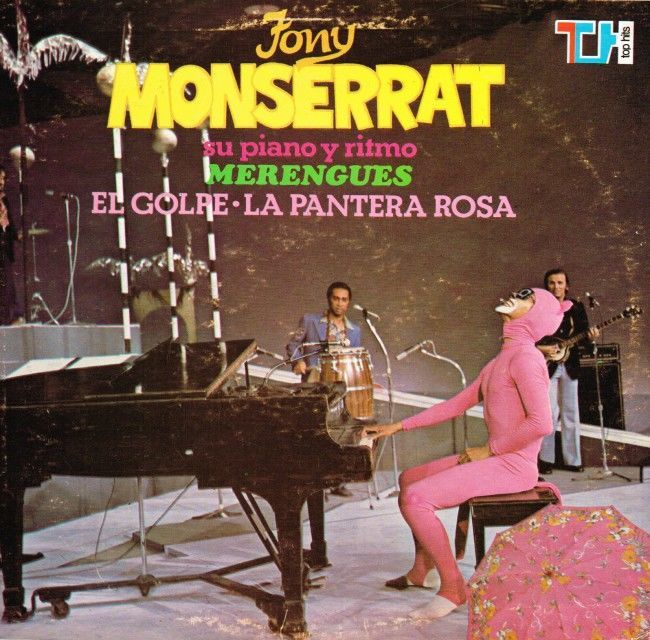Overanalysis, based on the stuff I've written on my copy of the music. Unlike a lot of pieces, where I've written just a couple of things, like reminders of a sharp or flat, or a fingering, I really notated this one to the hilt, and now I'm expanding on that, you lucky, lucky person. (almost said 'people')
"The Pink Panther" (theme for the original movie) by Henry Mancini. Arranger's name not given. It'd be nice if it was really Henry's handwork, but if this is an anonymous staffer, I wish they'd allow them to take a bow for the nice job they did here.
Piano solo: the 4-page version, not the punky little two-pager. I searched for years for the longer version of this piece, with the bridge, and found it in one of those cheap, pulp-paper collections that used to go for about $10 and are now maybe $14.
The piece starts with the cat offstage, and that one ambiguous non-chord drifting in like cigarette smoke from just around a corner, where all we can see is a French Galoise at the end of a long, black holder.
The accompaniment comes in first, and it tells us a couple of things. It's in sequential paired chords, by which I mean 'dead-ant, dead-ant,' with an accent on each "dead" and "ant" is either quickly released (on the first 'dead-ant') or held (as in the second). This figure strikes me as quite feline, pushing off hard and landing with delicate softness.
[This, to me, is Mancini at his Manciniest, with the loud start and the soft finish. He will also gladly do the opposite, because of his admirable willingness to shake up the formula.]
The melody comes in almost furtively. It’s a sneaky melody: again, feline in nature, congruent with the established accompaniment. With the accents indicated, it's not dead-ANT, dead-ANT…, but DEAD-ant, DEAD-ant. Watch the accents and staccatos carefully, and mind the rests. They make the difference between playing Mancini and just getting to the end.
Bridge. This is why I looked so long for the four-page version. The bridge is where the piece really lets go, and I learned to expect it from hearing it in so many of those Panther cartoons from DePatie-Freleng.
The 4/4 in the left hand throughout the bridge should walk on little cat feet, with self-possessed portamento, and mostly sticking to four pads per measure. It doesn't nail itself to the formula, but most of it is in straight fours.
Second half of the bridge is a "solo"—either play the nice little chords or go for it. Wail or fail. I live in the hope that I will live up to my penciled note and wail on it. I'm in the grey area in between at the moment, neither wailing nor failing utterly. Flailing, maybe.
After the bridge, we're back to the A section again (the second half of the two-page version). This time, it's an octave higher, so slightly less cool. There's a sudden chord inserted in a quiet spot, as if the cat can’t resist sticking a cold paw in your ribs to see if you jump.
It proceeds much like the first part, and ends soft, and then…
One last poke in the ribs. Mancini got ya!
.

No comments:
Post a Comment